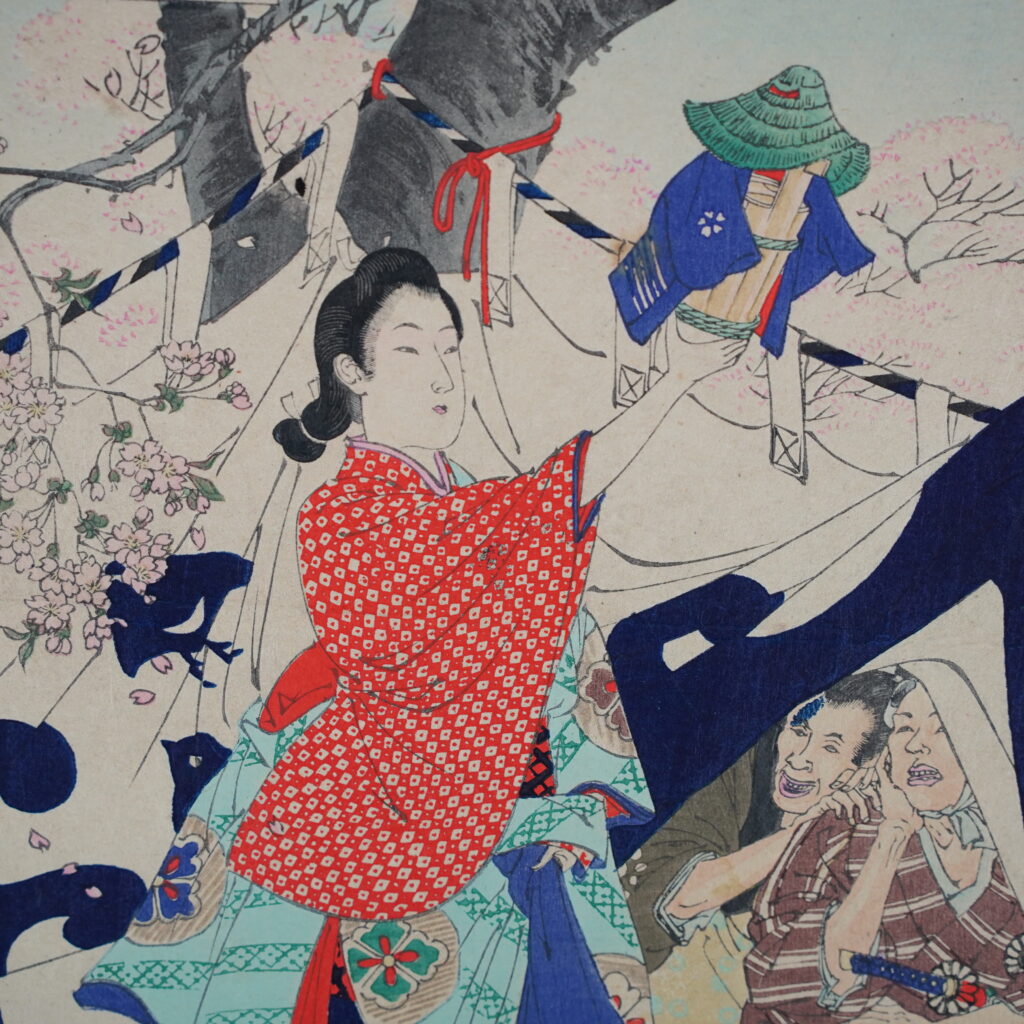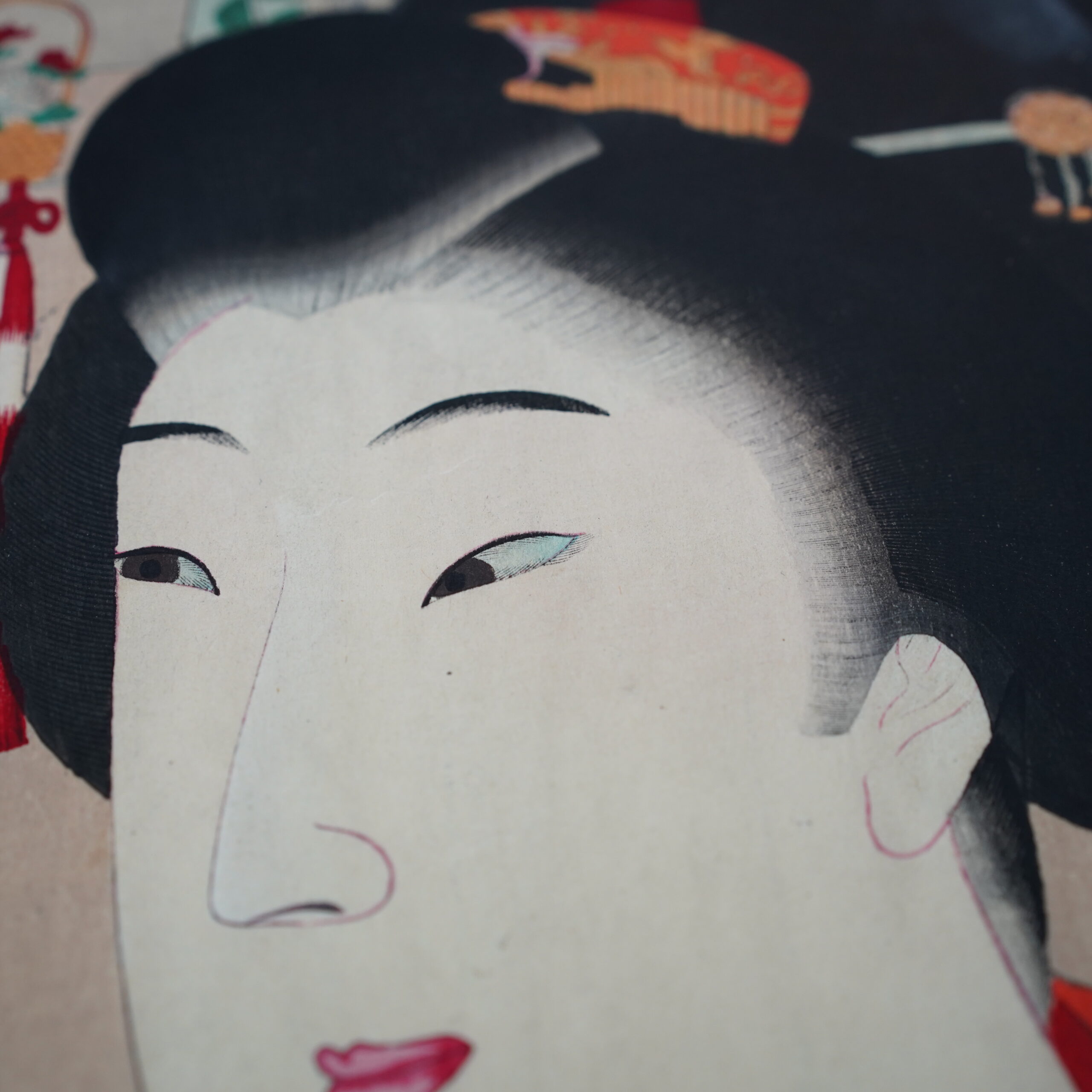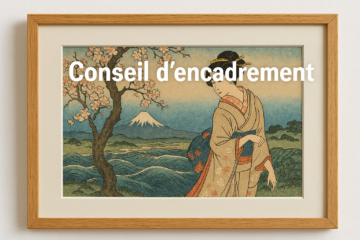Toshikata Mizuno (1866-1908) established himself as one of the major artists of the late 19th century, at a time when Japanese prints (ukiyo-e) were undergoing a profound transformation.
A student of the famous Yoshitoshi , he inherited refined know-how and a keen sense of composition, which he would put to use in a specialty: bijin-ga, literally "image of a beautiful woman".
Bijin-ga: a specialty at the heart of his work
Bijin-ga occupies a central place in Toshikata's work. This genre, which consists of depicting elegant women in their daily lives or in idealized scenes, has enjoyed great success since the Edo period and is renewed under Toshikata's hand.
He excels at capturing the grace, dignity, and gentleness of the women of his time, while imbuing his models with a subtle modernity, reflecting the rapidly evolving Meiji society.

https://www.kogeiya.com/objet-art-japonais-coree/estampe-japonaise-par-mizuno-toshikata-series-des-36-femmes-sanjuroku-femme-enpo-poupee-baril/
Among his most famous series, "36 Styles of Women" (Sanjūroku kasen) illustrates the diversity of female figures throughout Japanese history, from ancient times to the modern era.
Each print depicts a woman in her environment, dressed in sumptuous kimonos, engaged in various activities: walking, reading, contemplating nature or domestic tasks.
Toshikata employs a delicate color palette, precise lines, and a remarkable attention to textile detail, making each portrait a work that is both realistic and poetic.
A sensitive look at femininity
Toshikata's art of bijin-ga is not limited to the aestheticization of feminine beauty. He strives to reveal the personality of his models, their inner selves, and to bear witness to the diversity of roles and statuses of women during the Meiji era.
This humanistic approach distinguishes Toshikata from his contemporaries and gives his works a rare psychological depth.
A lasting influence on the art of Japanese prints
Toshikata left his mark on the transition between traditional ukiyo-e and the shin-hanga revival. His teaching trained several major 20th-century artists, perpetuating the art of bijin-ga while adapting it to new sensibilities.
Even today, his portraits of women remain essential references for print enthusiasts and historians of Japanese art.




